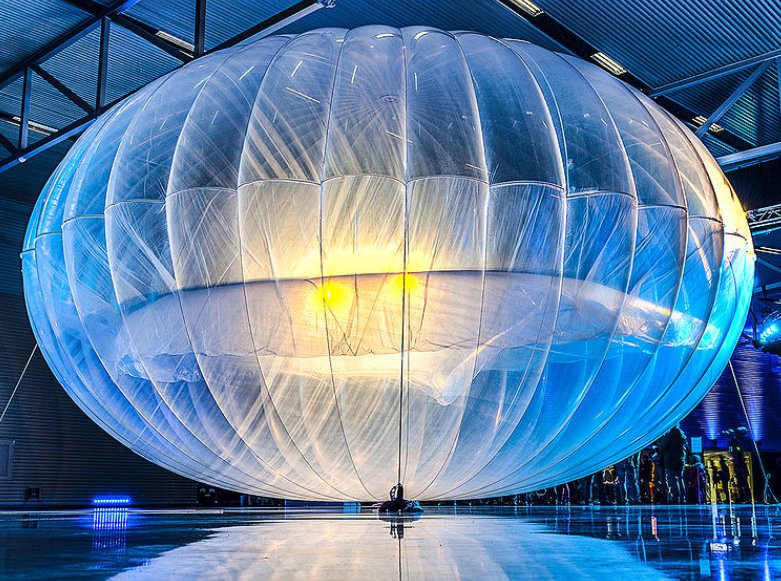Google’s Project Loon, an audacious initiative to envelop the earth with balloon-powered internet to create a global communications network, began with a plastic bag filled with helium and a Linux computer affixed to it.
Google has released a video that showcases the progress it’s Project Loon has achieved and says it is close to being able to produce as well as launch thousands of balloons to provide Internet access from the sky.
The idea of 'Project Loon' was to test Google Founder Larry Page & Sergei Brin’s suggestion to get telecom towers to `fly’ as opposed to occupying space on ground.
There was no business plan or presentation. A bunch of engineers stepped out, filled up a plastic bag with helium, attached a Linux machine with a WiFi connection and let it soar. Amazingly, they found that the WiFi connection worked well until till the balloon reached a height of around 20 kilometres.
But as it rose the balloon suddenly started flying away. So the team had to jump into a car and follow it.
“I don’t know how geniuses don’t discover that before they let the balloon go,” quipped Mohammad Gawdat, Vice President, Business Innovation of Google X, the team that works on Google’s futuristic projects including the driverless car and also leads Project Loon.
Gawdat was speaking to an audience of top information technology professionals brought together by industry body Nasscom in Mumbai recently.
The team came back saying it was amazing that the WiFi signal was connecting but the hitch was that the balloon flew away. And telecom networks needed to be predictable. Page and Brin's response: It was fine if the balloon flew away as long as it happened in a `friendly’ way.
So how did the balloon idea come up?
Gawdat says Google’s larger objective is to have the internet reach the 60% of earth’s population that does not have access today. It was also evident that the traditional approach of building more telecom towers would not work. For several reasons including sheer cost, logistics and of course maintenance.
Incidentally, this World Bank map should give an idea of much of planet earth is still internet dark.
Thus was born the idea of balloons strung across the stratosphere. In Project Loon, each balloon can stay up for 100 days and be brought down or sent up in a controlled fashion. Software algorithms ensure the balloons are rightly positioned so as to form a continuous network. Each balloon serves an area of 40 km by diameter and uses LTE technology.
 A Project Loon research balloon. Source: Wikipedia Commons
A Project Loon research balloon. Source: Wikipedia Commons
Gawdat says the ballons can be targeted at Chile, from New Zealand 9,000 km away with a 500-metre accuracy. “Testing is already on and by 2016, we will launch in a commercial format that will allow us to have coverage of every square inch of planet earth. We are working with governments and telecoms to see the benefit of it. The southern hemisphere is already ready for overflight.”
And importantly, conversations are on with India as well, he said.
Gawdat was also speaking about Google’s larger approach to innovation. His point: incremental innovation gets incremental returns. Try and find a radical new solution which will allow you, in effect to own the market. And focus on problems that can help billions of people
Mohammad is an engineer who started his career working as a sales representative for IBM in Egypt. He then worked with NCR and Microsoft. He joined Google in 2007 and has along the way invested in many startups.
He is also a great believer in how science fiction can turn into reality quite rapidly.
The example that intrigues him the most is the film Minority Report and the famous scene of Tom Cruise using the glass interface. “We all thought this was so fantastic and science fiction like. The movie came out in 2004 and by 2006 or 2008, every X Box Connect and every PS 2 allowed it. And we all use that interface if we want to.”
So, balloons up in the air ensuring you stay connected to the World Wide Web? It’s here already.
This article was originally published on February 13, 2015 and has been republished with additions.